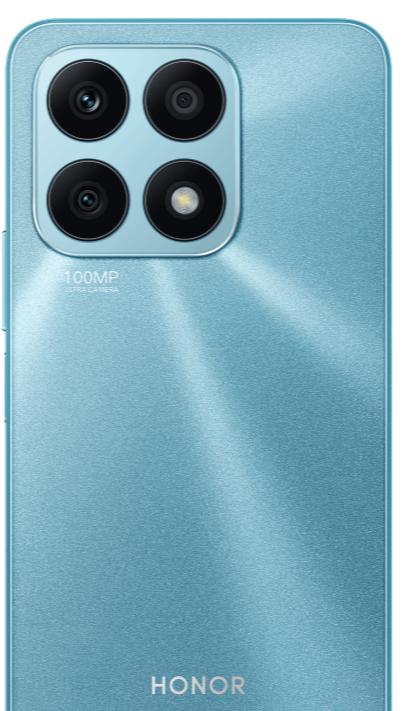In the realm of smartphone photography, the term "megapixels" (MP) is frequently used to describe the resolution and quality of a camera. However, many users may not fully grasp what megapixels signify and how they impact the overall image quality. In this comprehensive guide, we will delve into the significance of megapixels in smartphone cameras and how to interpret this specification when choosing a device.

What are Megapixels?
Megapixels refer to the number of individual pixels that make up an image captured by a camera sensor. One megapixel is equivalent to one million pixels. When a camera captures a photo, it essentially records the amount of detail present in the scene by collecting light information through these pixels. Such as the HONOR X8a, which gets the 100MP Ultra-Clear MainCamera can automatically recognize various scenes and use super-resolution to show the diverse beauty of the world.
1. Resolution and Detail
The primary function of megapixels is to determine the resolution of an image. Higher megapixel counts result in larger image dimensions and finer details. For example, a photo captured with a 12-megapixel camera will have more detail than a photo taken with an 8-megapixel camera when both are viewed at the same size.
2. Printing and Enlargement
Higher megapixel counts also enable larger print sizes and greater flexibility for cropping and resizing images without sacrificing quality. A photo captured with a higher megapixel camera can be printed at larger sizes or cropped more extensively while still maintaining sharpness and detail.
3. Low Light Performance
Contrary to popular belief, the number of megapixels does not directly correlate with low light performance. While larger sensors and individual pixel size play a more significant role in capturing light in dimly lit environments, advancements in image processing algorithms and sensor technology have enabled higher megapixel cameras to produce impressive results even in challenging lighting conditions.
4. Sensor Size and Pixel Quality
In addition to megapixels, the size of the camera sensor and the quality of individual pixels also influence image quality. Larger sensors typically allow for larger pixels, which can capture more light and produce better image quality, especially in low light scenarios. Therefore, a smartphone with a lower megapixel count but a larger sensor may outperform a device with a higher megapixel count and a smaller sensor in certain situations.
5. Balancing Megapixels with Other Factors
When evaluating smartphone cameras based on megapixels, it's essential to consider other factors such as lens quality, image processing capabilities, and software optimization. A higher megapixel count is not necessarily indicative of better overall camera performance. A well-balanced combination of megapixels, sensor size, optics, and software is crucial for achieving excellent image quality across various shooting conditions.
Conclusion
In conclusion, megapixels play a significant role in determining the resolution and detail of images captured by smartphone cameras. While higher megapixel counts can result in sharper and more detailed photos, other factors such as sensor size, pixel quality, and image processing capabilities also influence overall image quality. Therefore, it's essential to consider a smartphone's camera specifications holistically and test the device in real-world scenarios to determine its capabilities accurately. By understanding the significance of megapixels and how they interact with other factors, users can make informed decisions when selecting a smartphone with a camera that meets their needs and preferences.
